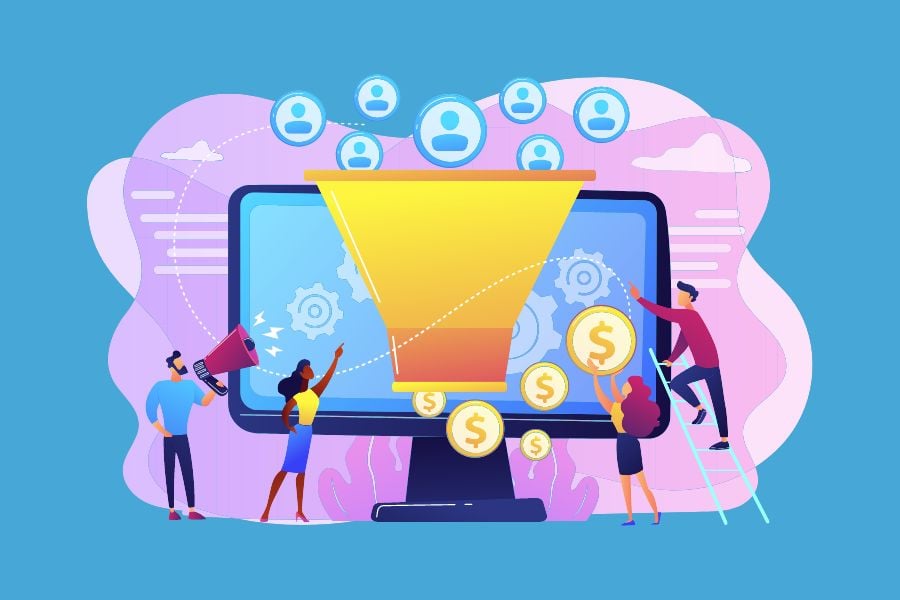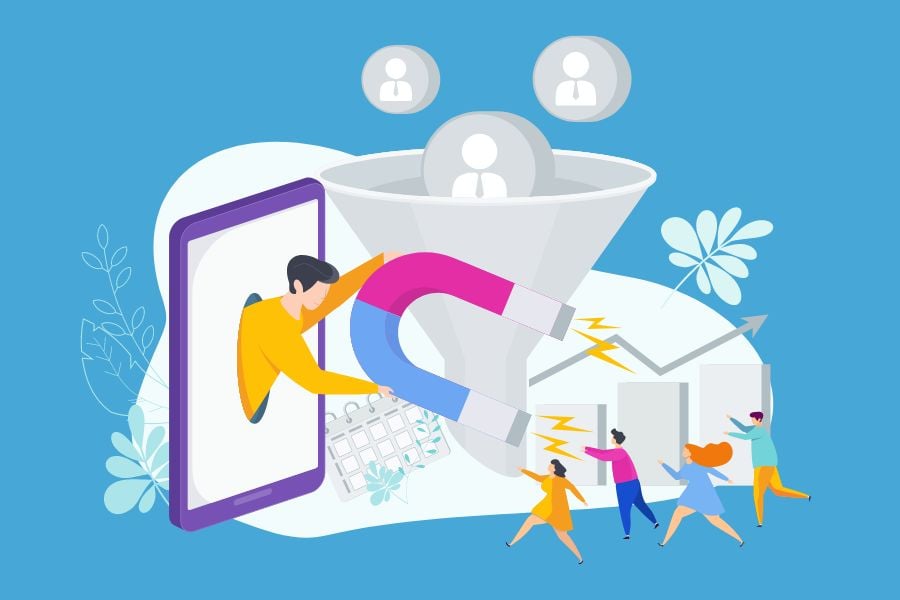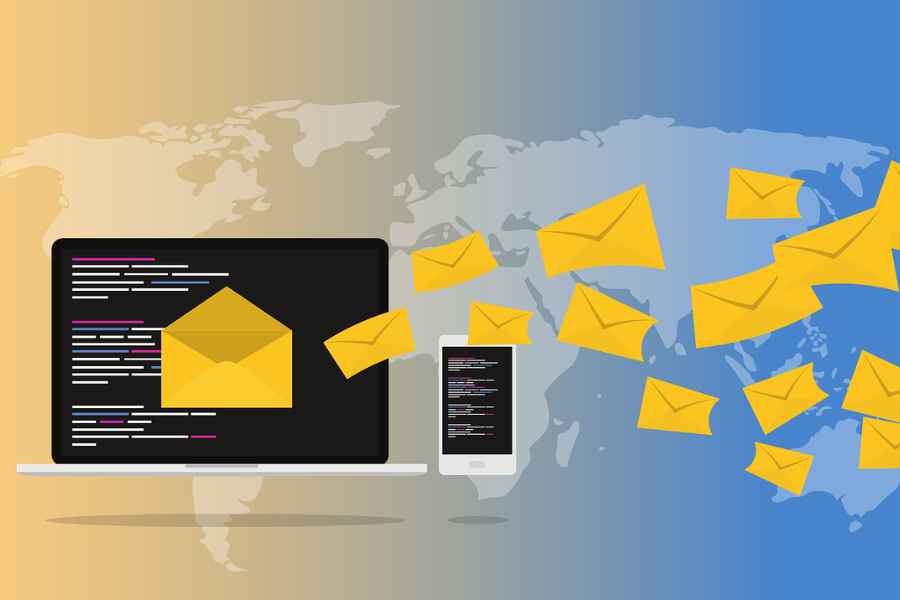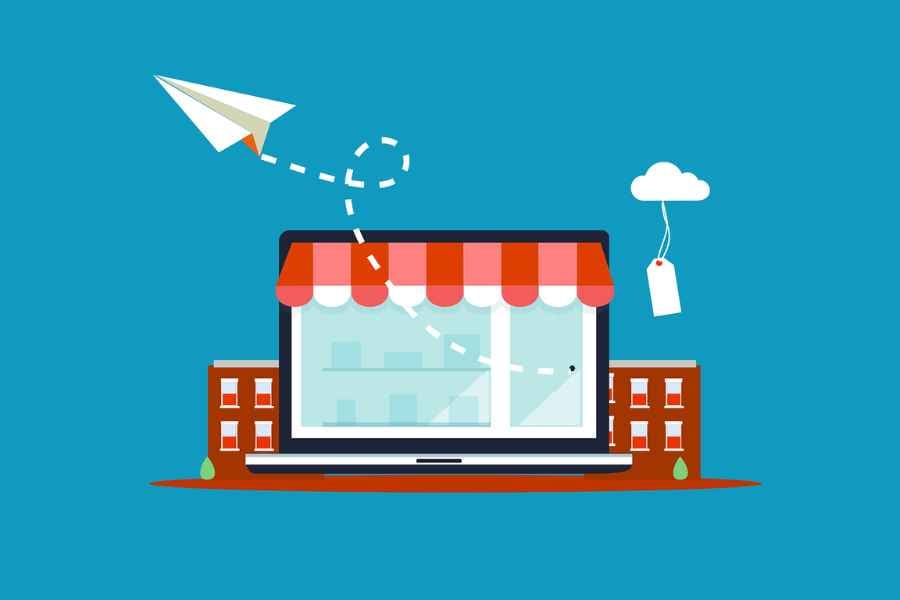How do successful businesses bring in a never-ending stream of customers? The secret lies in lead generation.
Lead generation isn’t just a fancy term, but a pivotal strategy that can create explosive growth for your business.
And by understanding and applying effective lead generation tactics, you can tap into a world of potential customers just waiting to be converted.
Curious to know how?
Let’s dive right in.

What is Lead Generation, Anyway?
Lead generation is the engine driving your business’s growth. It’s the art and science of attracting and transforming previously unknown prospects into leads.
But what’s a lead?
In the simplest terms, a lead is a person who has shown any level of interest in your product or service.
For instance, if someone signs up for your newsletter or attends one of your webinars, that’s a pretty good signal that they might be a great customer one day.
Now, lead generation is the process of attracting these potential customers — the ‘leads’.
It’s about piquing their interest and sparking their curiosity about your products or services.
This might involve offering a free eBook download or hosting a live Q&A session on social media. It’s all about capturing attention and sparking engagement.
So, why does lead generation matter so much?
Simply put, it feeds your sales pipeline with potential customers.
By attracting and converting leads into qualified leads, you’re essentially creating a list of potential buyers.
It’s a strategy that significantly boosts your chances of making sales, since you’re focusing your efforts on individuals who have already shown a genuine interest in your offerings.
Understanding and leveraging this process is crucial for driving your business growth and profitability.
The Many Different Types of Leads

When it comes to lead generation, not all leads are created equal.
There are different types of leads, each representing varying interest levels and readiness to buy.
Understanding these categories will help you tailor your approach and boost your conversion rates, so let’s take a look at the different types of leads you’ll want to know about…
Information Qualified Lead (IQL)
We’re kicking things off with Information Qualified Leads.
This is the “hello” stage, where a potential customer raises their hand and says, “I’m curious.” They’ve traded their contact info for something you offer — like an informative ebook or access to a webinar.
Interest? Yes. Commitment? Still unclear.
Marketing Qualified Lead (MQL)
Next in line are Marketing Qualified Leads.
These guys are a step ahead. They’ve taken the bait and are nibbling around, downloading resources, attending webinars, or spending quality time exploring your site.
They’re intrigued by your marketing efforts and might be sizing up your product or service for a good fit.
Sales Qualified Lead (SQL)
Meet the Sales Qualified Leads. These leads mean business.
They’ve initiated significant action — think along the lines of filling out a ‘contact sales’ form or requesting a product demo.
That’s them knocking on the sales team’s door, ready for a direct chat.
Product Qualified Lead (PQL)
If you’re in the digital product arena, say “Hi” to Product Qualified Leads.
These are the users who’ve given your product a test drive, likely through a free trial or freemium model, and displayed behaviors hinting that they might upgrade to a paid version.
Service Qualified Lead

Last but not least, welcome the Service Qualified Leads.
These folks have chatted with your service team and hinted they’re keen on becoming paying customers.
Their queries to your customer service rep about premium features or pricing plans? That’s the sound of opportunity knocking.
Now, keep in mind that lead generation isn’t purely a numbers game but about nurturing high-quality leads who show a genuine interest in your offering.
Understanding these different lead types is key to tailoring communications and nurturing each type effectively.
But how do you do that, precisely? Check this out…
25 Genius Lead Generation Tips That’ll Turbocharge Your Sales

Mastering the art of lead generation is essential for growing your business.
So, ready to check out lead generation tips tailored to suit different types of leads?
How to Create Information Qualified Leads (IQLs)
Remember, IQLs are potential customers who have expressed interest by sharing their information in return for an offer. Here are tips to generate IQLs…
1. Use Keyword-Focused Blog Posts
With keyword research tools like SEMRush or Ahrefs, you can pinpoint the phrases and questions your audience is searching for.
Then you can develop engaging blog posts around these queries, positioning your brand as a go-to source for answers, and driving more leads.
2. Offer Valuable Lead Magnets
High-quality lead magnets, such as eBooks, research reports, or free tools, are irresistible baits for potential leads.
Offer these valuable resources in exchange for visitors’ contact details, allowing you to build further relationships.
3. Optimize Landing Pages
A compelling landing page is instrumental in converting a visitor into an IQL.
To optimize your landing page, ensure that it has clear messaging, a strong call-to-action, and an easy-to-complete form, all enveloped in an engaging design.
4. Host Webinars
Webinars not only allow you to share your expertise but also act as a platform to interact with potential leads.
By offering rich, insightful content, you can draw in potential leads and convert them into IQLs.
5. Use Exit-Intent Popups
Capitalize on a visitor’s decision to leave by employing exit-intent popups.
These can provide last-minute offers or valuable content, incentivizing them to stay and convert into IQLs.
How to Create Marketing Qualified Leads (MQLs)

MQLs are further along the funnel, having shown deeper interest in your offerings. Here are strategies to generate MQLs…
6. Engage on Social Media
Keep your leads engaged and nurtured by regularly posting valuable content, responding to comments, and initiating conversations on social media. This active engagement helps progress IQLs to MQLs.
7. Utilize Email Marketing
Send personalized, value-driven emails to your IQLs. This approach keeps them engaged and nudges them further along the lead journey, turning them into MQLs.
8. Run Targeted PPC Campaigns
Pay-Per-Click campaigns provide a direct approach to reaching your target audience. With carefully chosen keywords, you can attract the right leads and convert IQLs into MQLs.
9. Create Evergreen Content
Timeless content that consistently offers value helps nurture IQLs, pushing them further down the funnel to become MQLs. It remains a useful resource, generating leads over an extended period.
10. Leverage Influencer Marketing
Collaborating with influencers exposes your brand to a larger, more diverse audience.
Influencers’ endorsements can expedite the process of converting IQLs into MQLs, broadening your lead pool.
How to Create Sales Qualified Leads (SQLs)

SQLs are leads who have taken actions indicating a serious buying intent. Here are tips to generate SQLs…
11. Offer Free Trials or Demos
Present MQLs with free trials or demonstrations of your product/service. This direct experience can further convince them of your value, converting them into SQLs.
12. Leverage Google Logins
Facilitate quicker sign-ups by leveraging Google logins, allowing people to easily sign in to third-party services with their Google account.
This process can expedite the transformation of MQLs into SQLs.
13. Nurture Leads with Personalized Email Campaigns
Regular, customized email communication keeps MQLs engaged, steadily nurturing their intent to purchase and turning them into SQLs.
14. Use Live Chat and Chatbots
Instantly answer queries using live chat or chatbots, reducing wait times. These prompt responses can effectively convert MQLs into SQLs.
15. Utilize Strong Calls to Action (CTAs)
Employ clear, compelling CTAs guiding MQLs towards actions suggesting buying intent. Precise, persuasive directives can smoothly transition MQLs into SQLs.
16. Optimize Your Site for Mobile
Ensuring your website’s compatibility with mobile devices can significantly boost your chances of converting MQLs into SQLs, as more users are now accessing content on their smartphones.
17. Use Retargeting Campaigns
Reach out again to MQLs who have previously interacted with your site but didn’t convert. Retargeting campaigns can re-engage these visitors, nudging them to become SQLs.
How to Create Product Qualified Leads (PQLs)

PQLs are customers who have used your product and shown behaviors indicating a high likelihood of becoming paying customers. Here’s how to cultivate PQLs…
18. Offer Freemium Products
A freemium product or a free trial version lets users experience your product firsthand. Once they realize its value, they’re more likely to upgrade to a paid version.
19. In-App Messaging and Product Tours
If your product involves using mobile devices, make its value evident by providing helpful in-app messages and guided tours that showcase its features and benefits.
20. Use Analytics for Product Engagement
Use analytics tools like Mixpanel or Amplitude to track user behavior. Identify highly engaged users and target them with offers to convert into paying customers.
How to Create Service Qualified Leads (SQLs)

These are leads who’ve interacted with your service team and shown interest in becoming paying customers. Here are tips to convert SQLs…
21. Enhance Customer Service
Great customer service can turn interested leads into paying customers. Tools like Zendesk or Freshdesk can help manage your customer service efforts effectively.
22. Implement a CRM System
CRM systems like Salesforce or HubSpot allow your service team to track interactions and follow up efficiently, moving leads closer to purchase.
23. Personalize the Experience
Personalized attention makes leads feel valued. Use insights from previous interactions to customize your communication, enhancing their likelihood of becoming paying customers.
24. Use Customer Feedback
Feedback from existing customers can be used to improve your product or service, thereby increasing the chances of leads converting into paying customers.
25. Conduct Regular Follow-ups
Regular follow-ups can keep your brand at the top of a lead’s mind and increase the chances of conversion. Use email automation tools like Mailchimp for effective follow-ups.
Your Turn to Become a Lead Generation Genius
Now that you’re armed with plenty of actionable lead generation tips, what are you waiting for?
With every lead you generate, you’re one step closer to transforming your business.
So gear up, it’s time to turn those potential leads into loyal customers.
Go out there and create some waves – You’ve got this!
The post What is Lead Generation? 20+ Tips for Explosive Growth (2023) appeared first on Smart Blogger.

No comments:
Post a Comment